Summer is arriving here in northern Europe, and with it, a whole new world of color, vitality, and humming activity. It’s the perfect time to go outside and explore what all the buzz is about! Doing macro photography outdoors can be a very rewarding and pleasant activity, and no, it doesn’t have to be complicated. Knowing some basics will make it more worthwhile, and it might also help you learn even more from your experiences.

So what are the essential steps of enjoying an outdoor macro photography session? There are a lot of excellent resources on macro photography here at Digital Photography School, so I won’t go through the technical aspects in too much detail. Either way, the most important factors for enjoying doing some macro photography outdoors are pleasant weather and an inquisitive mind. So let’s begin!
 |
 |
1. The gear
The great thing about macro photography is that there’s a wide range of gear that you can use; everything from a complicated setup with microscope lenses and focus stacking to using your mobile phone camera. In between those extremes there are point-and-shoot digital cameras that often come with a surprisingly good macro mode, and SLRs in combination with macro lenses, close-up filters or extension tubes.

Here are some dPS articles on macro gear options:
- Close-up filters
- Using extension tubes for macro photography
- Reverse lens macro
- Macro lenses
- Budget alternatives for macro photography
Once you have some kind of setup for macro photography, you’re ready for the next step!
2. Find a subject
What would you like to photograph? The choices outdoors are many and varied. It can be something small or a detail of something bigger. It might be something you’ve researched and planned for a long time or something you just found. This is where your creativity comes in.

I have a thing for ants, so they are always a go-to subject for me.
If you don’t have a specific idea and are looking for inspiration, lying down in the grass on a sunny day and seeing the world from the point of view of a frog might help!
3. Lighting your subject
You have your gear, you have your subject – now all you need for a photograph is some light. Good exposure can be accomplished either by using natural light or an external light source (such as a flash).

This image was made using only natural light. It was taken late in the day in the shade, but the light was still bright enough to capture this sleeping dragonfly.
In one way, using natural light is easier, as you don’t need anything but your camera of choice. In another way, natural light can be quite tricky. Apart from being unreliable, the very nature of macro photography calls for a narrow field of view, which means that the sensor has to receive enough light from a very small area. In short, there has to be a lot of light – especially if you’re trying to capture something that is moving and you have a ridiculously narrow depth of field.

Here, a flash was bounced off a nearby wall to give the scene enough light.
Using an external light source, such as a flash, is an excellent way to control both the amount and the direction of light. Before you begin, though, it’s useful to learn a bit about the basics of flash photography – as with everything, flash photography also has its own challenges. The look and feel of the photo will also be different depending on whether you use natural or artificial light.
4. Stabilize yourself
Remember that the longer focal length you use, the higher the risk is for getting a shaky image. This means that even if you’re photographing a still subject, your shutter speed needs to be fast – or you need to use a tripod. A tripods is a great photography tool in general, but it is especially useful in macro photography, where there might not be enough light due to the setup and the small field of view. Here, a tripod is essential.

It might sometimes feel like the tripod is restricting your movement and making your photography session a bigger deal than what you want it to be. That’s okay! It’s possible to do fantastic macro photography without a tripod; just remember to keep that shutter speed fast.
5. Telling a story
When photographing something that is technically challenging and conceptually extraordinary, it’s easy to forget about the other aspects of photography. But as with photography in general, some of the most interesting macro photographs are the ones that have a story to tell.
Death and birth.
 |
 |
You can create your own tale or just open your eyes to all the small stories that are being told around you, all the time. If you stop to have a look, there is a lot to be inspired by among the small lives that are being led in the great outdoors – whether it’s a remote wilderness or your backyard.

Ants moving to a new colony – sometimes it takes less energy for the colony if workers carry each other to the new location.
Conclusion
These are the factors I try to keep in mind when I’m heading outside to do macro photography. There are many more that can help you create an interesting photograph of the natural world. What are your best tips? I’d love to hear your thoughts and see your creations in the comments below.
The post 5 Quick Tips for Outdoor Macro Photography by Hannele Luhtasela-el Showk appeared first on Digital Photography School.

















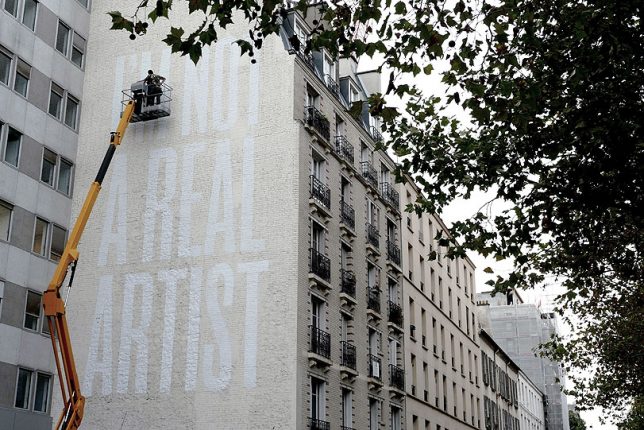






























 Outdoor Action and Adventure Photography by Dan Bailey is a refreshing change of course in this digital age we live in – it’s actually a paperback book. It is a good thing that Dan had decided to go hardcopy with this book, because it is filled with information, and as a result I feel like many people will want to jot things down, highlight paragraphs, and refer back to it time and again.
Outdoor Action and Adventure Photography by Dan Bailey is a refreshing change of course in this digital age we live in – it’s actually a paperback book. It is a good thing that Dan had decided to go hardcopy with this book, because it is filled with information, and as a result I feel like many people will want to jot things down, highlight paragraphs, and refer back to it time and again.

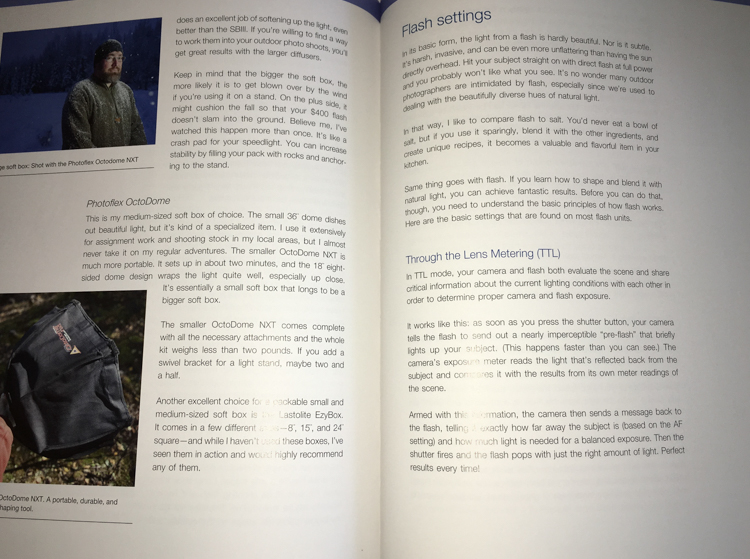




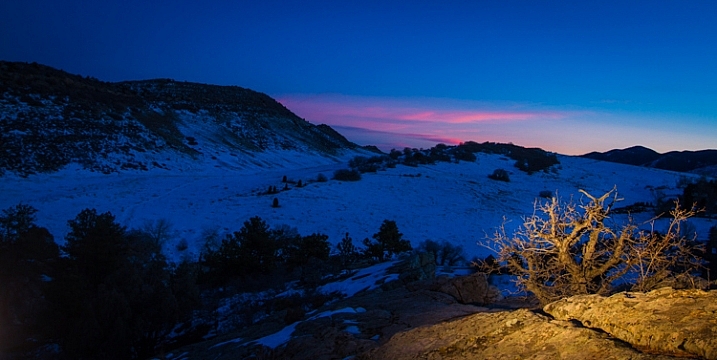


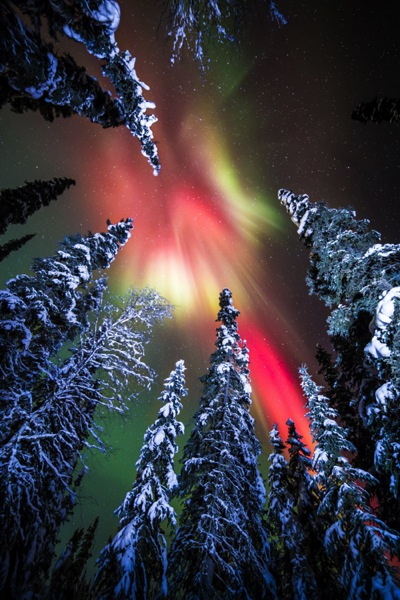
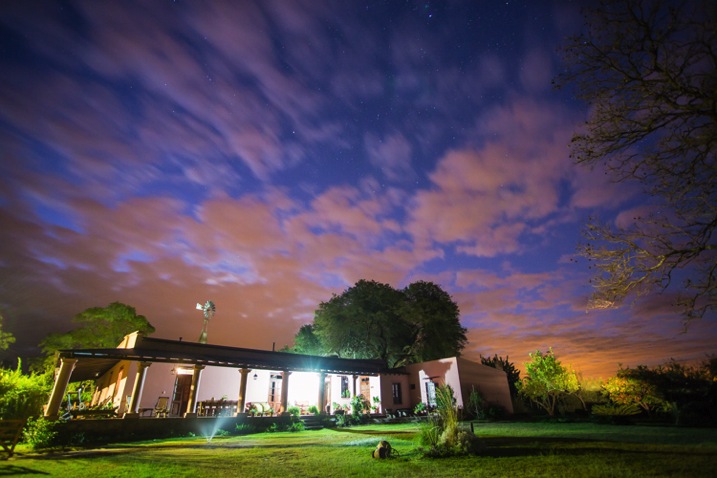

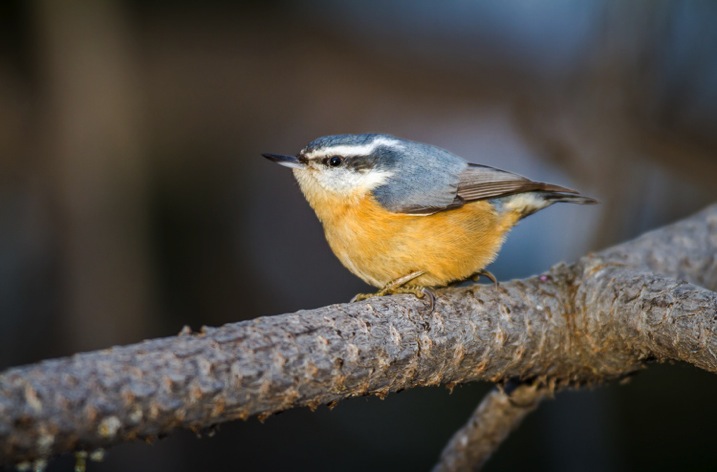

You must be logged in to post a comment.